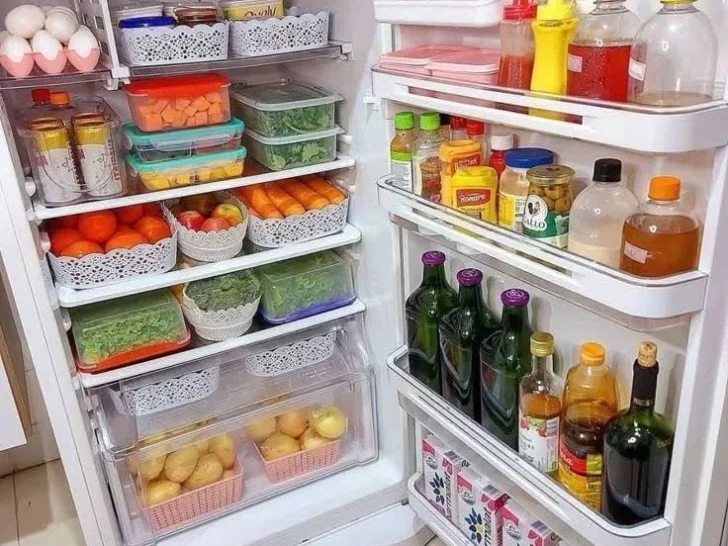Is your kitchen a chaotic landscape of mismatched containers, overflowing shelves, and that one drawer you dread opening? You’re not alone! A disorganized kitchen can make cooking feel like a chore, not a joy. But achieving a streamlined, efficient, and even beautiful kitchen space is easier than you think.
This comprehensive guide, packed with 26 practical and inspiring tips, will transform your fridge, pantry, and kitchenware storage from frustrating to functional. We’ll cover everything from clever refrigerator hacks to pantry organization systems that maximize every inch of space, and smart ways for kitchenware storage. Get ready to conquer the clutter and unlock the true potential of your kitchen – one shelf, drawer, and container at a time! Let’s get organized.
1/26. Assess Pantry’s Real Estate
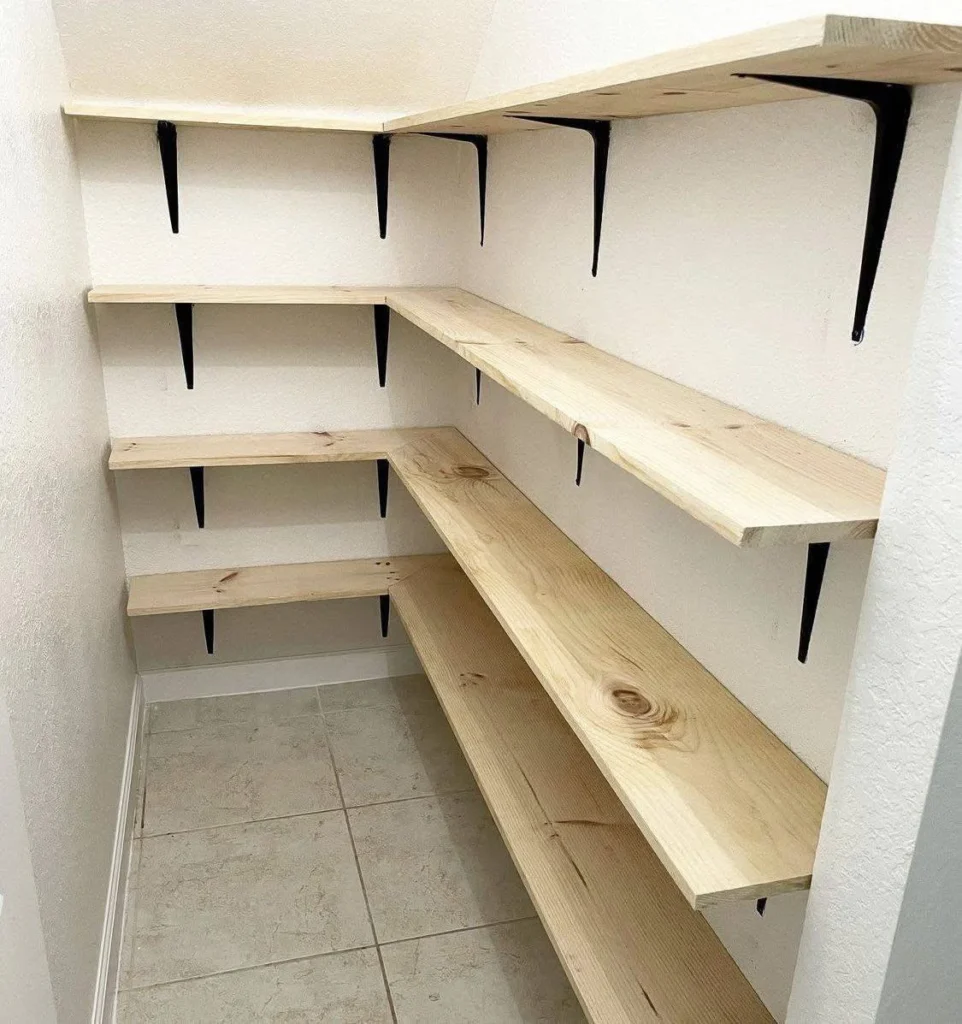
Before buying containers, take inventory. Empty shelves completely, grouping similar items together to visualize needs. Professional organizers always start this way, ensuring a customized storage solution that reflects actual usage and available space for maximizing efficiency.
2/26. Fridge Door Deep Dive
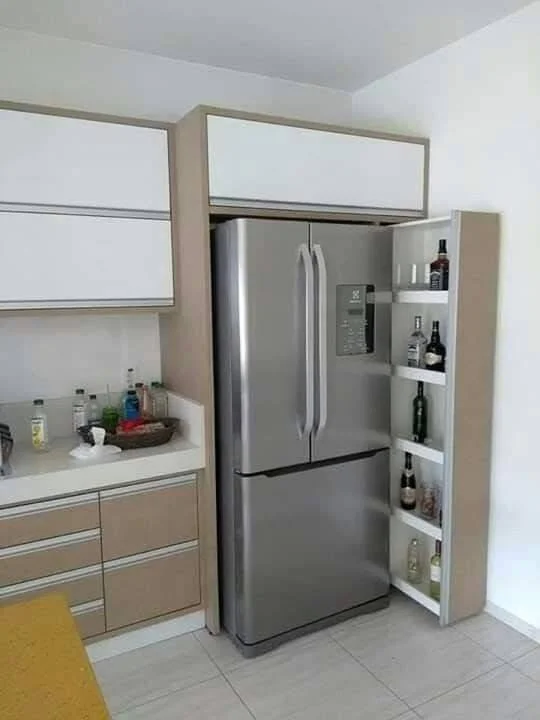
Maximize often-overlooked refrigerator door space. Use deeper bins for taller condiments or beverage bottles, creating designated zones. Experts recommend this to free up valuable shelf real estate inside the fridge for frequently accessed food.
3/26. Hang Pots and Pans
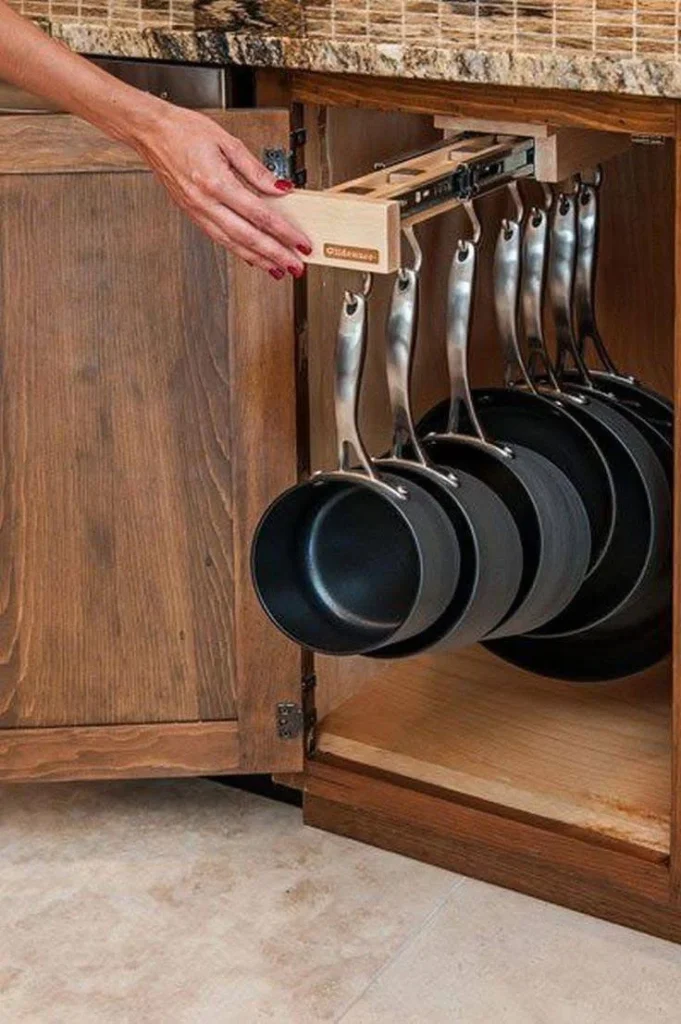
Install a pull-out rack for pots and pans. This instantly transforms a cluttered cabinet into an easily accessible storage solution. Culinary professionals praise this method for keeping cookware scratch-free and readily available when you cooking.
4/26. Embrace Open Shelving
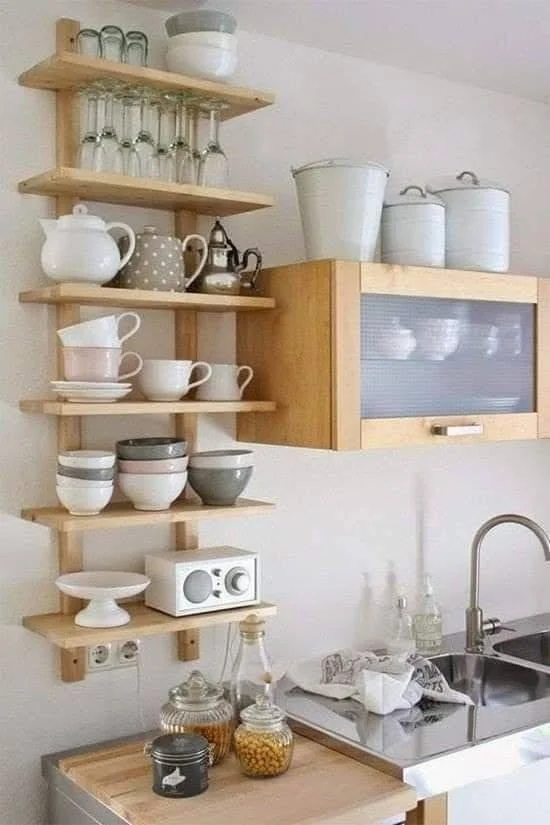
Consider open shelves for frequently used items. Displaying attractive dishware and glassware adds visual appeal. Experienced home cooks know this creates a functional and stylish display, while keeping everyday essentials within easy reach above the counter.
5/26. Containerize Fridge Contents
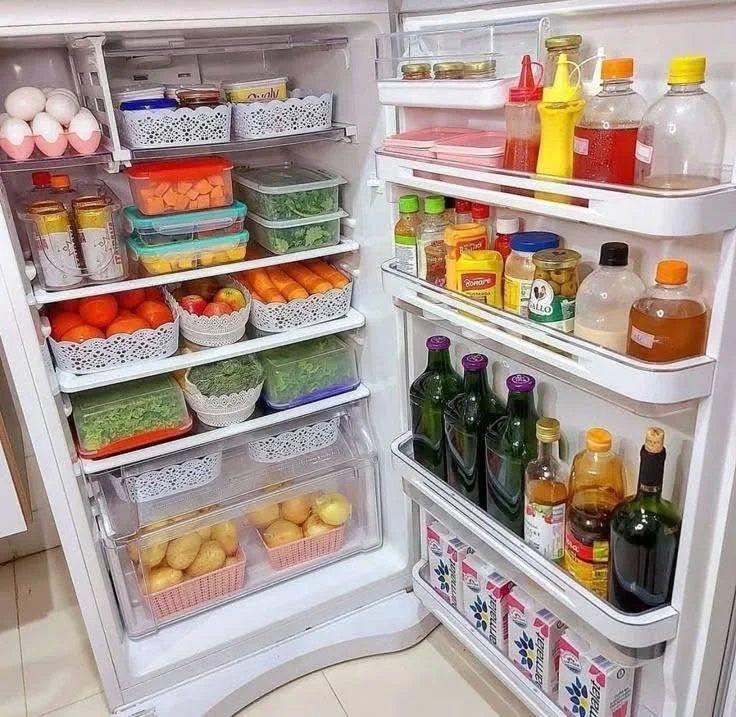
Use clear, stackable containers in the refrigerator. Group similar items (leftovers, produce, snacks) for quick identification. Food storage experts recommend this for minimizing food waste and maintaining a consistently tidy fridge, also extends the life span.
6/26. Decant Dry Goods
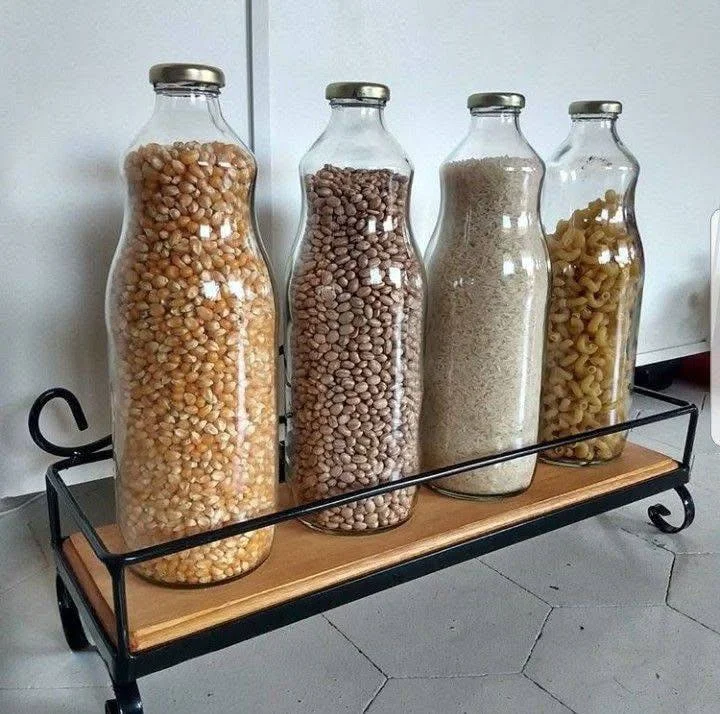
Transfer dry goods (pasta, grains, beans) to clear, airtight glass containers. Uniform containers create a visually appealing pantry and maximize space. Seasoned chefs swear by this method, which also helps protect food from pests and maintains freshness.
7/26. Conquer Under-Sink Chaos
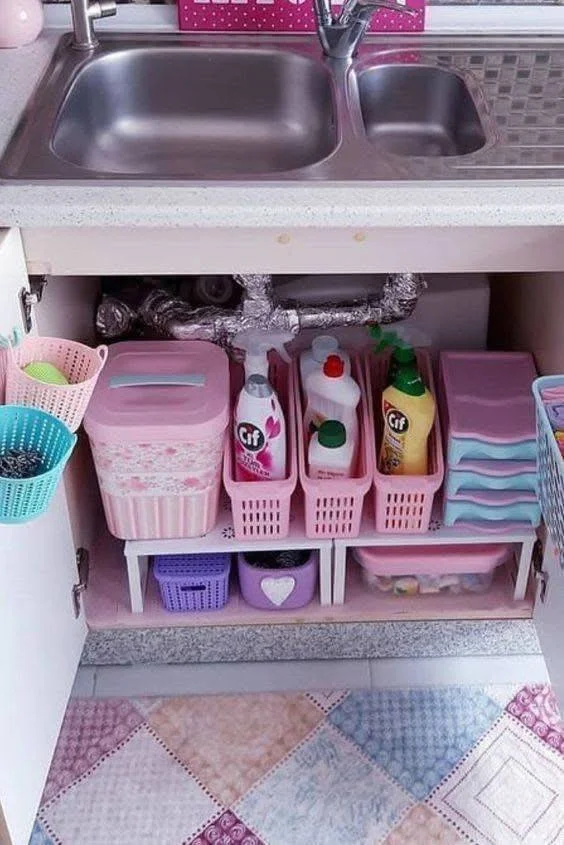
Utilize stackable bins or a small shelf under the kitchen sink. Group cleaning supplies and other essentials for easy access. Home organization specialists stress this often-neglected area’s potential for creating valuable, easily accessible storage with the right approach.
8/26. Utilize Fridge Drawers
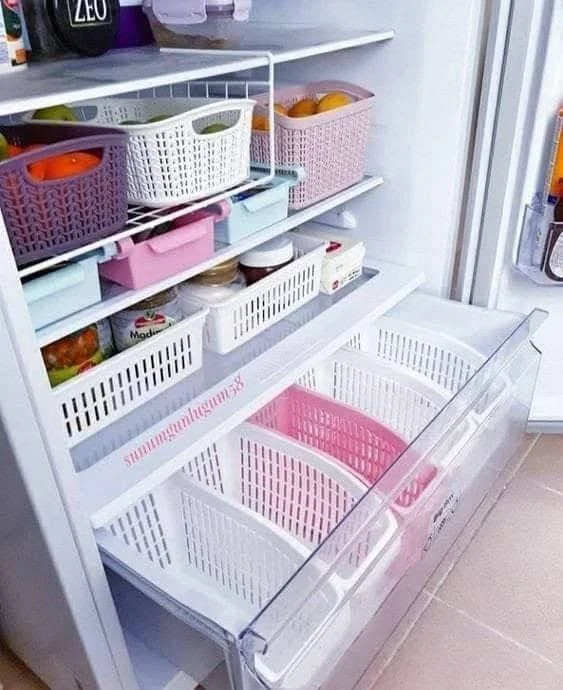
Maximize refrigerator drawer space with dividers or smaller bins. Designate zones for fruits, vegetables, and deli items. Keeping produce separated helps prevent premature spoilage, an organization technique recommended by food safety experts for extending shelf life.
9/26. Prep and Portion
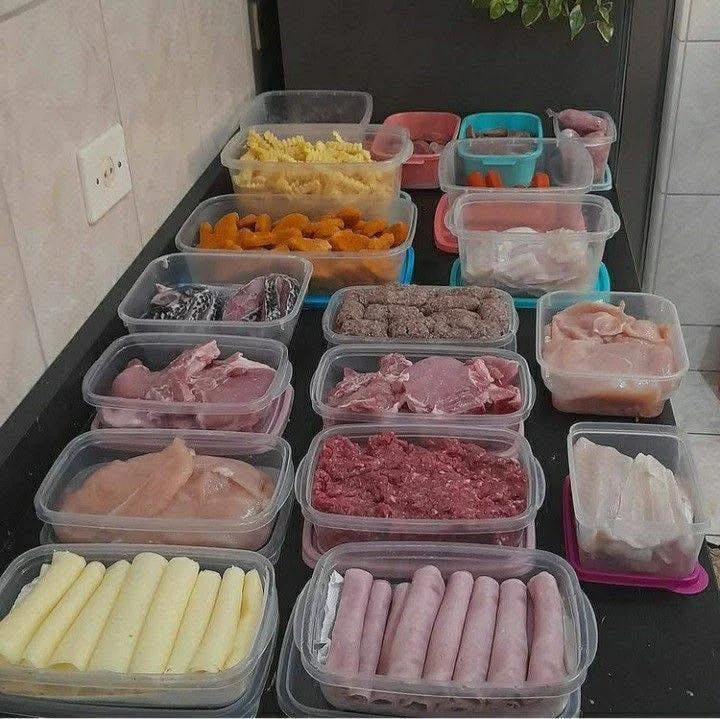
Pre-portion snacks and meal components into reusable containers. This streamlined approach saves time during the week. Chefs and nutritionists advocate for this method, encouraging healthy eating habits and making meal preparation significantly faster and easier to cook.
10/26. Cabinet Door Potential
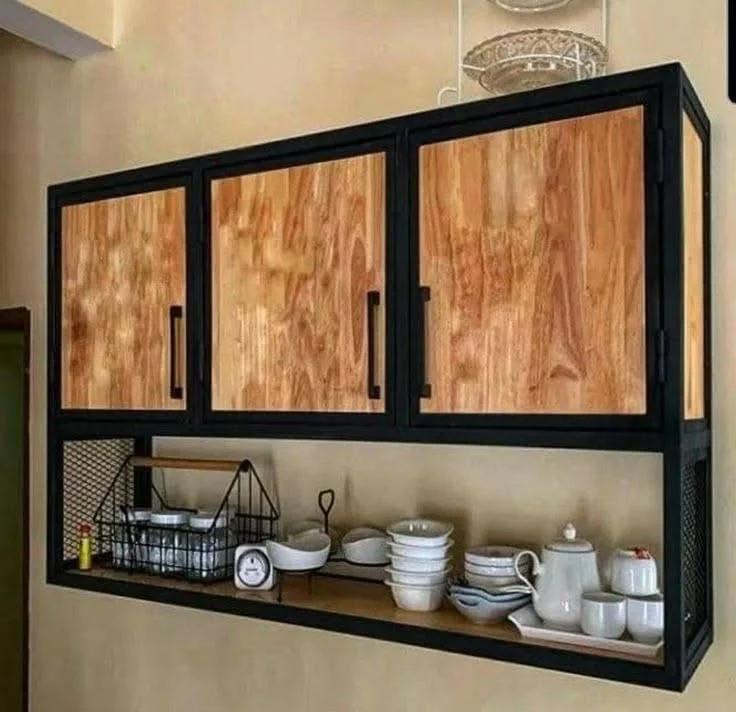
Maximize cabinet space by installing organizers on the inside of doors. Hooks, small shelves, or over-the-door racks are ideal for lids, spices, or cleaning supplies. Interior design experts frequently suggest this to add valuable storage without altering the cabinet’s structure
11/26. Install Floating Shelves
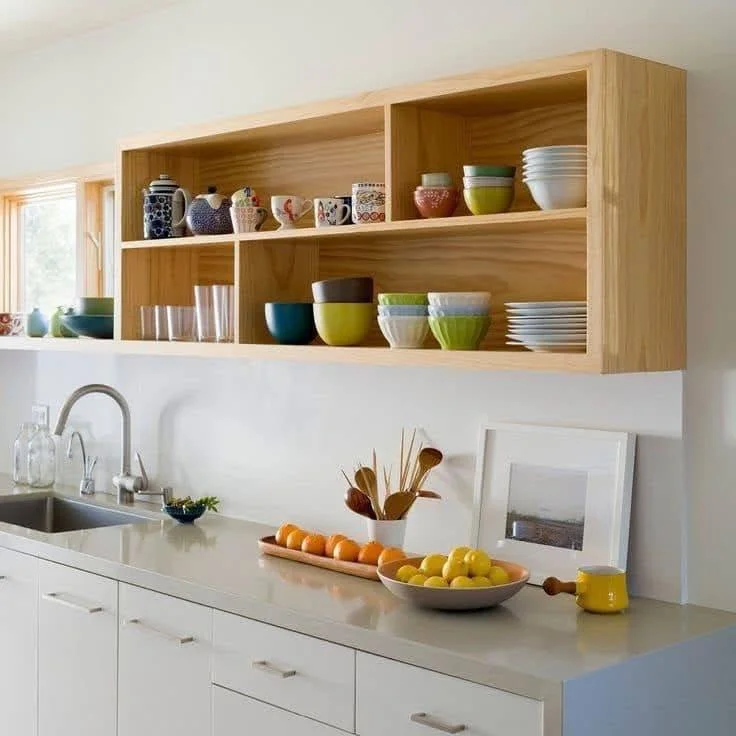
Install floating shelves to create additional storage and display space. Use them for cookbooks, decorative items, or frequently used ingredients. Professional designers love floating shelves for adding both functionality and visual interest to any kitchen wall.
12/26. Conquer Corner Spaces
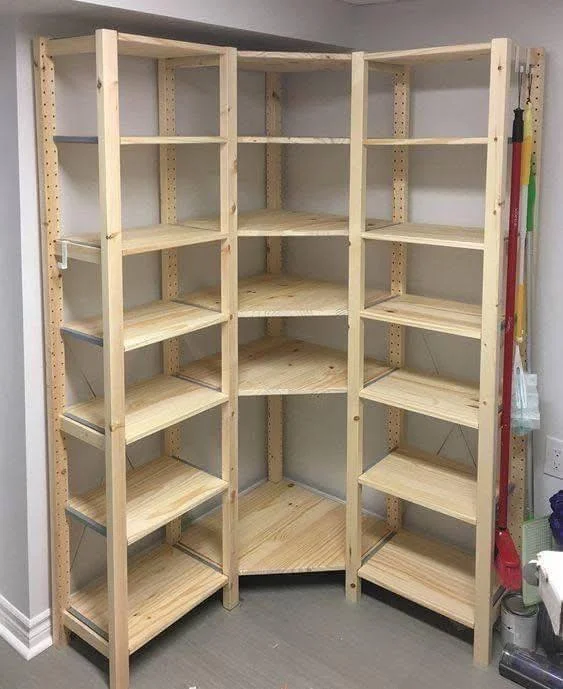
Utilize corner shelving units, like an Ivar corner shelf, to maximize awkward pantry spaces. These units provide ample storage and make the most of every square inch. Organizers often recommend corner solutions for transforming dead space into highly functional pantry areas.
13/26. Hang Utensils Inside Doors
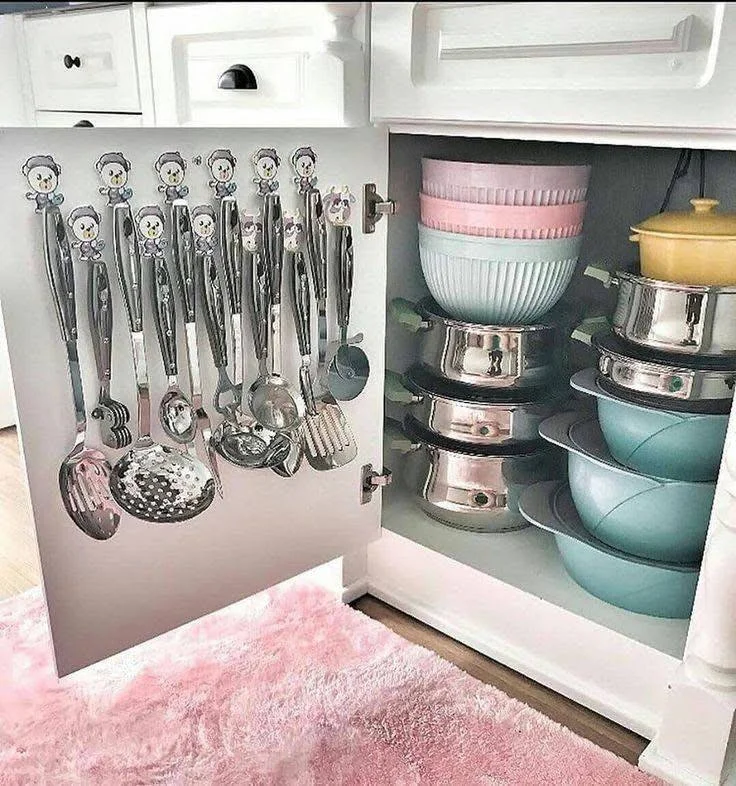
Install hooks or a magnetic strip inside cabinet doors to hang frequently used utensils. This frees up drawer space and keeps tools within easy reach. Professional cooks appreciate this hack for its efficiency, keeping essential tools readily available during meal preparation.
14/26. Corral Pot Lids
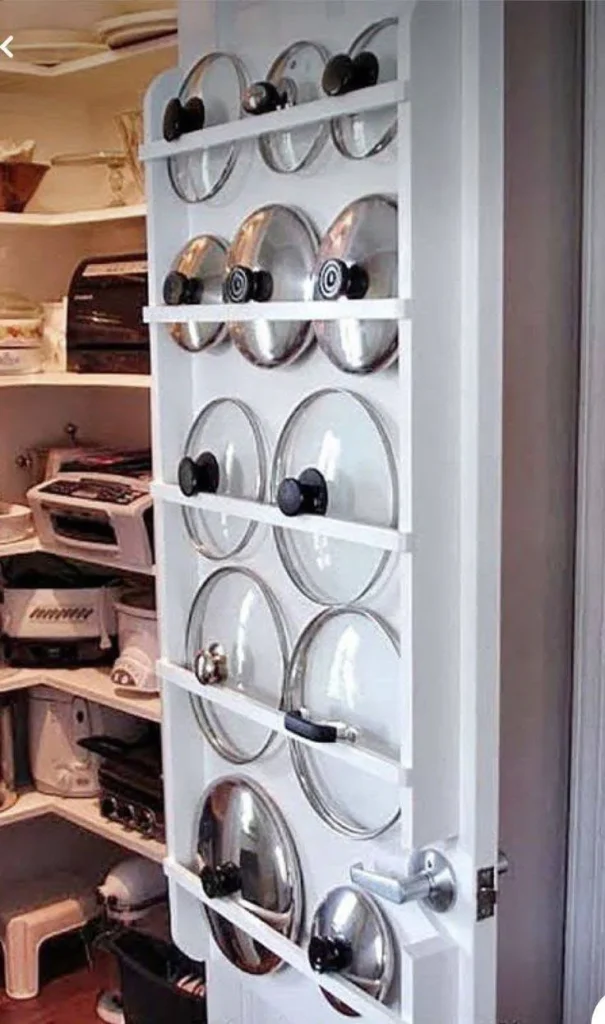
Use a dedicated lid organizer, either on a cabinet door or inside a deep drawer. This prevents the frustrating search for matching lids. Experienced home cooks know the struggle of misplaced lids, making this simple solution a game-changer for kitchen organization.
15/26. Spice Rack Solution
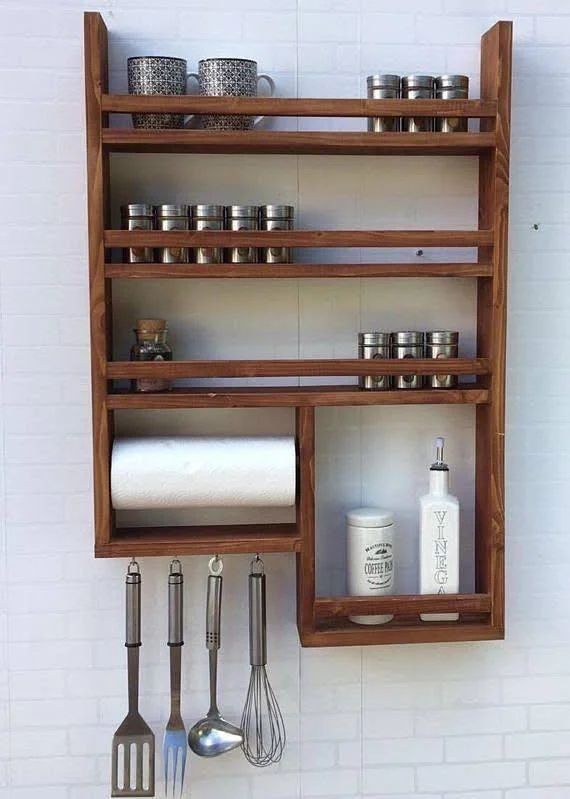
Use a wall-mounted spice rack, also holding oil, paper towels, and utensils. This will organize your items in your kitchen. Seasoned cooks appreciate having essential flavorings readily accessible, making this a smart addition near the stovetop or prep area.
16/26. Sort Silverware Vertically
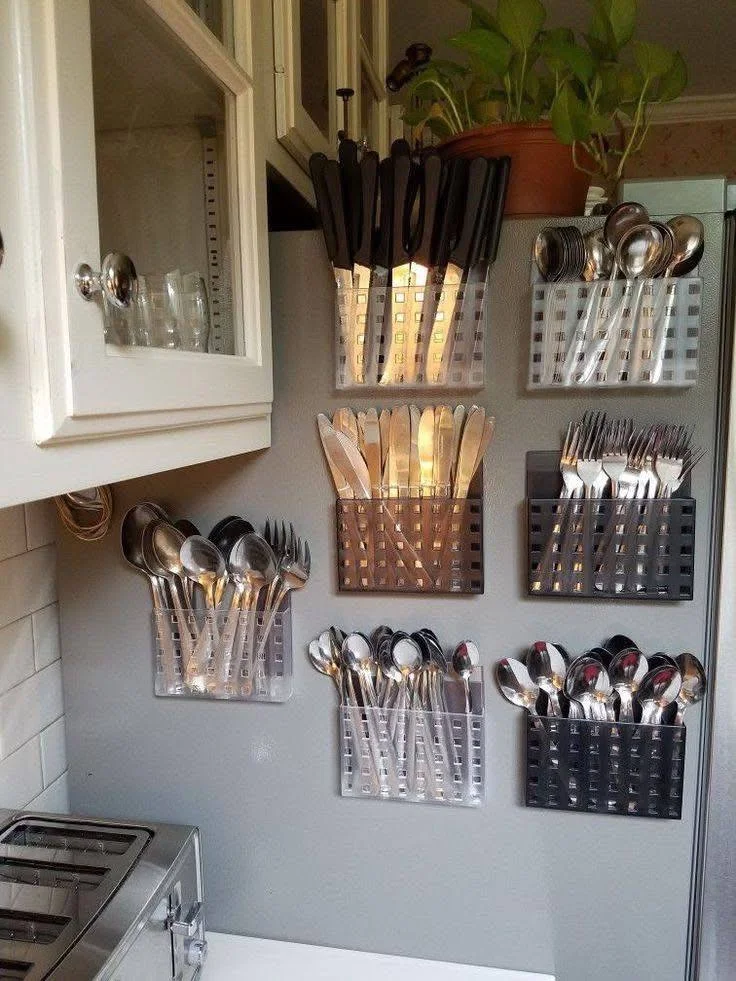
Use wall-mounted or in-drawer organizers to sort silverware and small utensils. Grouping like items together saves time when setting the table or cooking. Organizers favor this approach, creating distinct zones for forks, knives, spoons, and other frequently used implements, maximizing convenience.
17/26. Appliance Storage Shelves
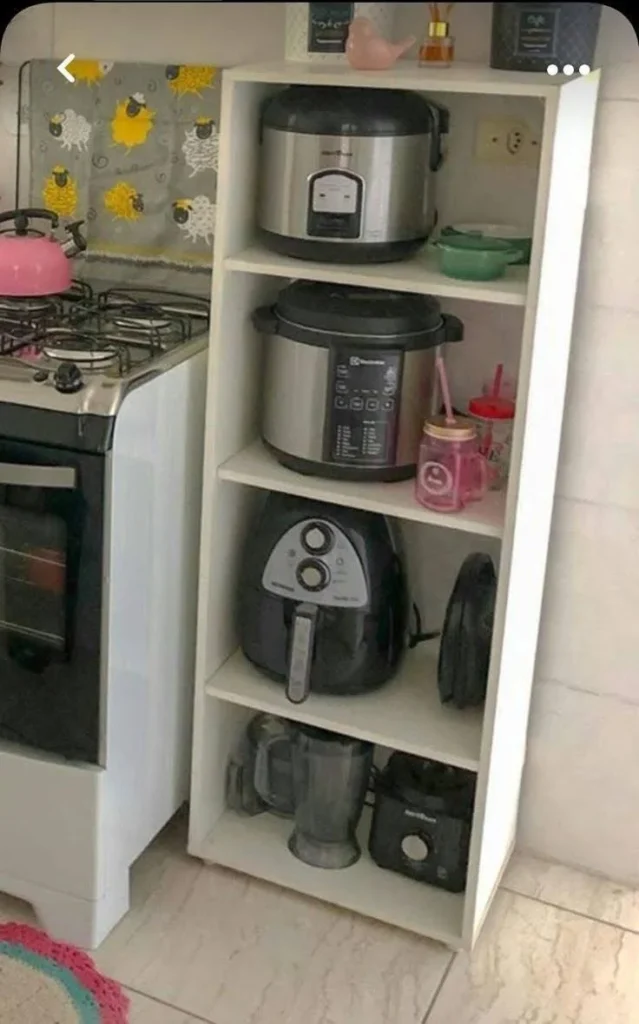
Dedicate a shelving unit or a section of your pantry to small appliances. This keeps them organized and off the countertops. Chefs and kitchen designers recommend this strategy for a clutter-free workspace, making it easier to access appliances when needed.
18/26. Integrate Appliance Storage
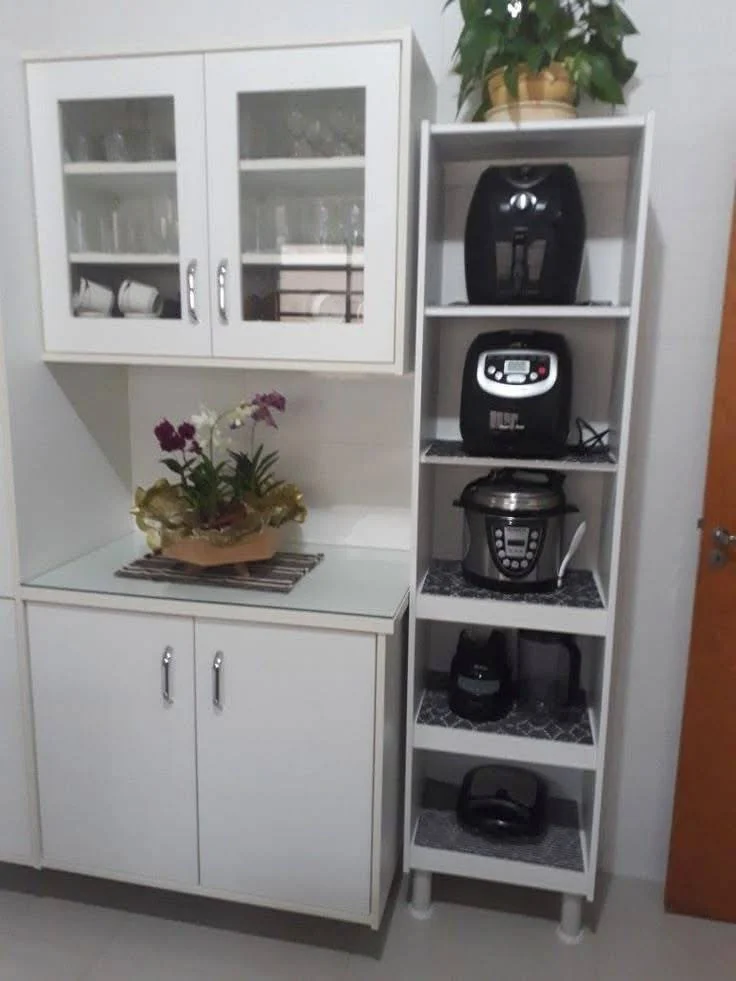
Combine open shelving for appliances with closed cabinetry for dishware. This unified approach creates a cohesive and organized look. Experienced kitchen designers recommend this method for maximizing both storage and visual appeal, balancing functionality and aesthetics in the kitchen.
19/26. Label Fridge Zones
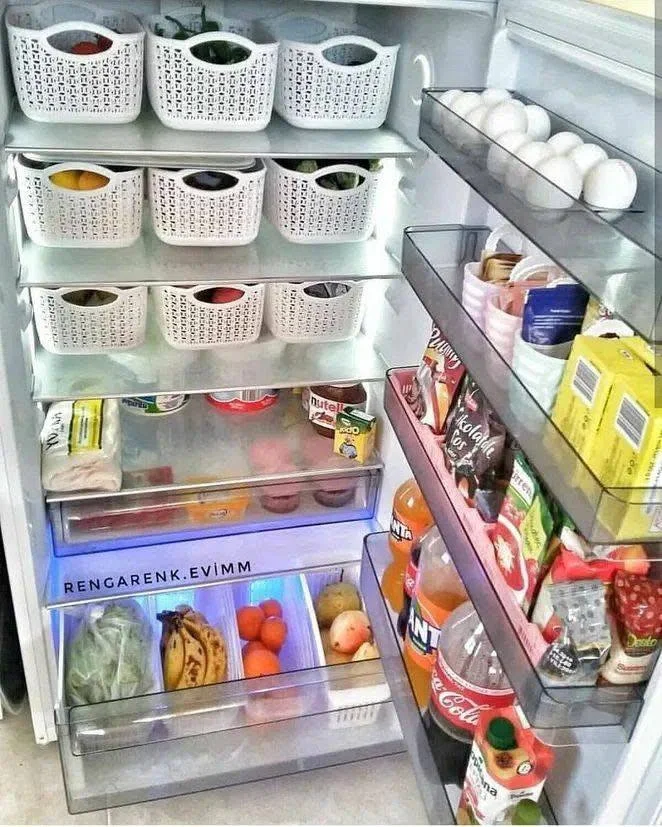
Use consistent bins and labeling within the refrigerator. This provides effortless organization. Designate zones for specific food categories. Health professionals and organization experts suggest this method for reducing food waste and simplifying grocery shopping for families.
20/26. Freeze Flat and Stack
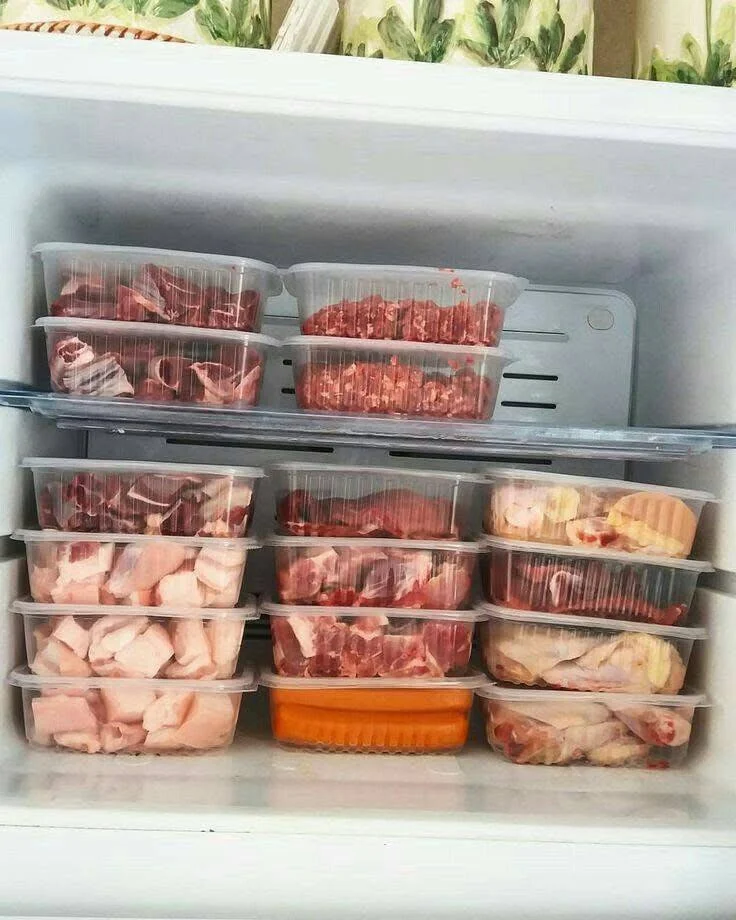
Freeze meats and other freezable items flat in reusable containers or freezer bags. Once solid, stack them vertically. This method, recommended by food storage professionals, saves significant freezer space and allows for quick identification of contents when meal planning.
21/26. Dairy & Drinks Zone
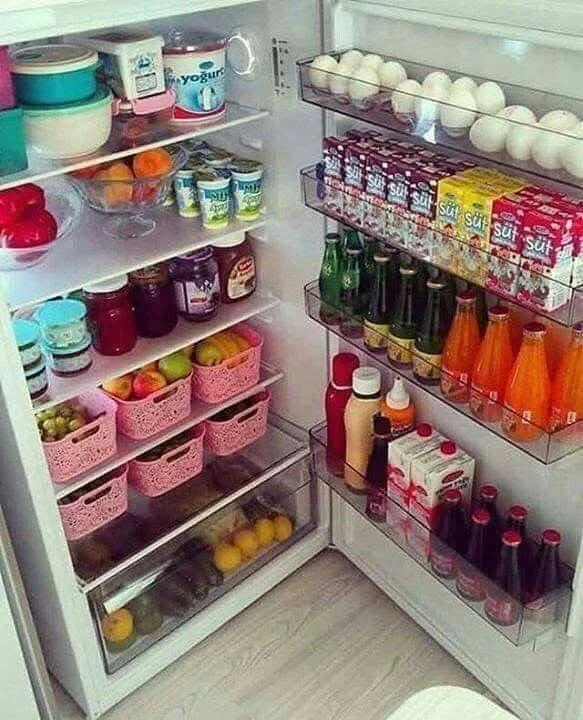
Create designated zones for dairy products and beverages. Use the refrigerator door or adjustable shelves. Nutritionists and organization experts recommend this, for quick access and to prevent spills from contaminating other food, improving efficiency.
22/26. Tall Pantry Unit
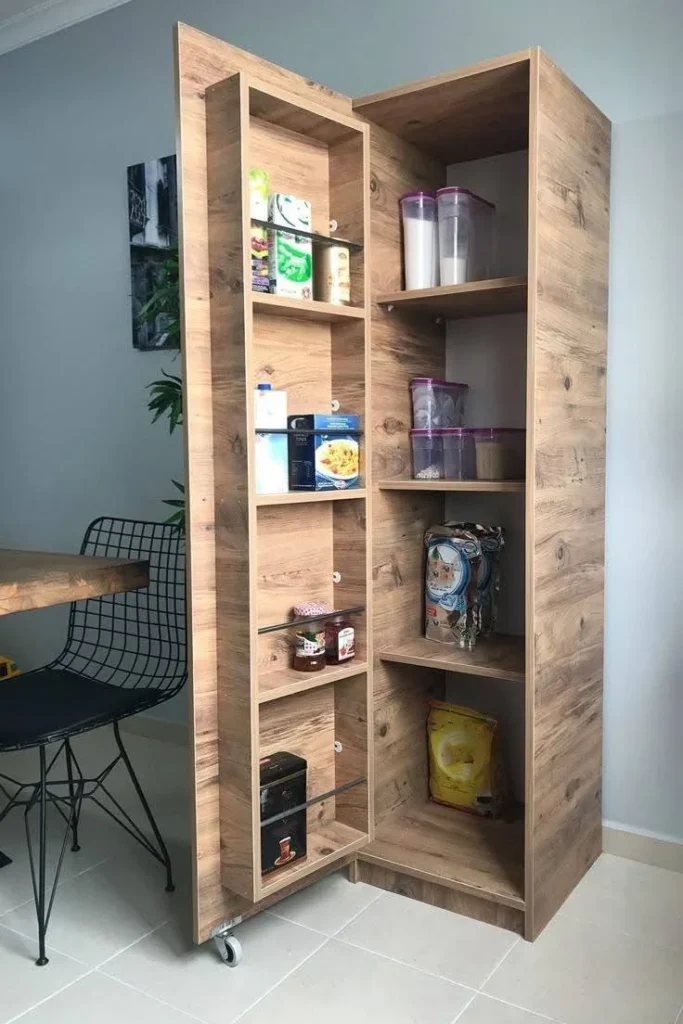
Utilize a tall pantry unit for consolidated dry goods storage. Adjustable shelves accommodate various container sizes, from small spice jars to bulk items. Interior designers often incorporate these tall units to maximize vertical space, providing a streamlined, organized solution.
23/26. Multi-Section Pantry
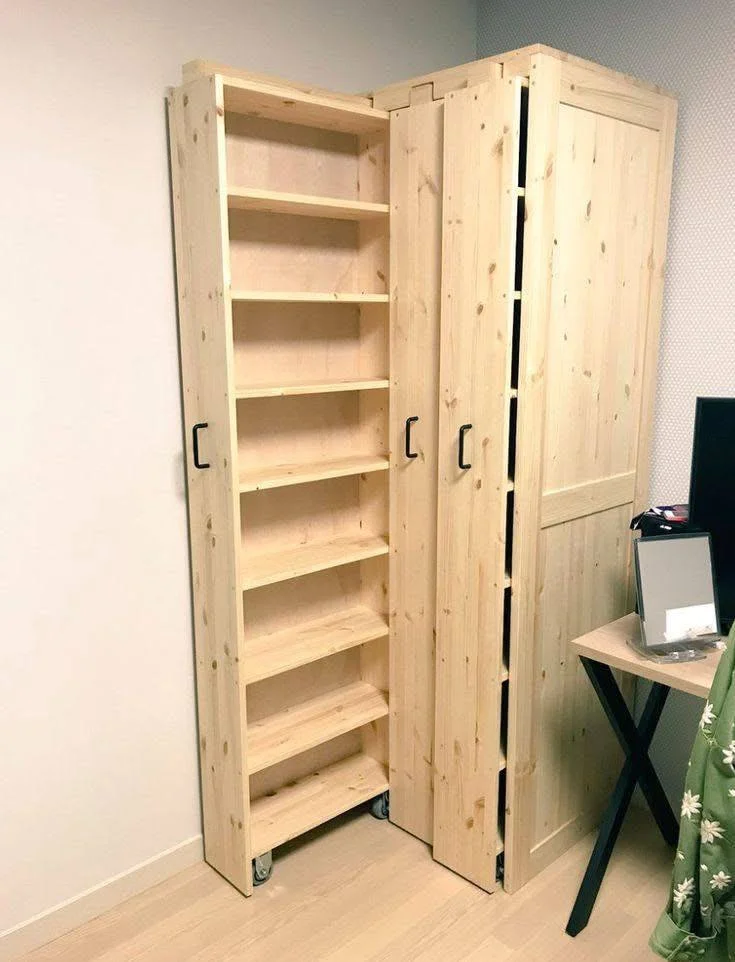
Consider a multi-sectioned pantry cabinet with adjustable shelves and doors. This offers versatile storage for various kitchen items. Professional organizers appreciate the flexibility of these units, allowing customization based on individual needs and maximizing both vertical and horizontal space efficiently.
24/26. “Easy Slide” Fridge Shelves
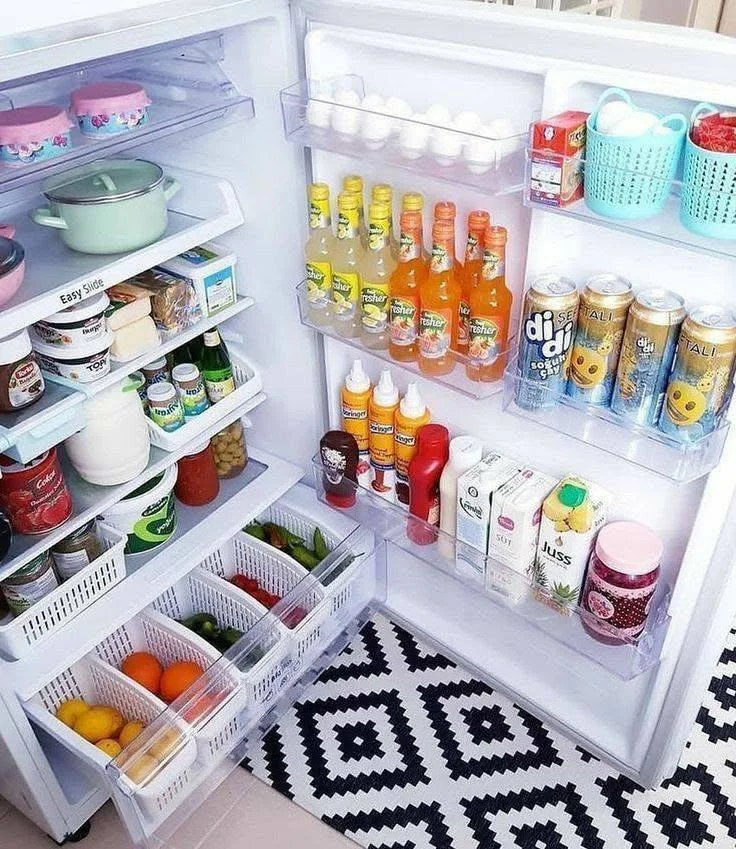
Consider using “Easy Slide” shelves or drawers within the refrigerator. This feature enhances accessibility, especially for items in the back. Experienced organizers praise this design, as it prevents items from getting lost or forgotten, ultimately reducing food waste significantly at home.
25/26. Shelves for Small Appliances
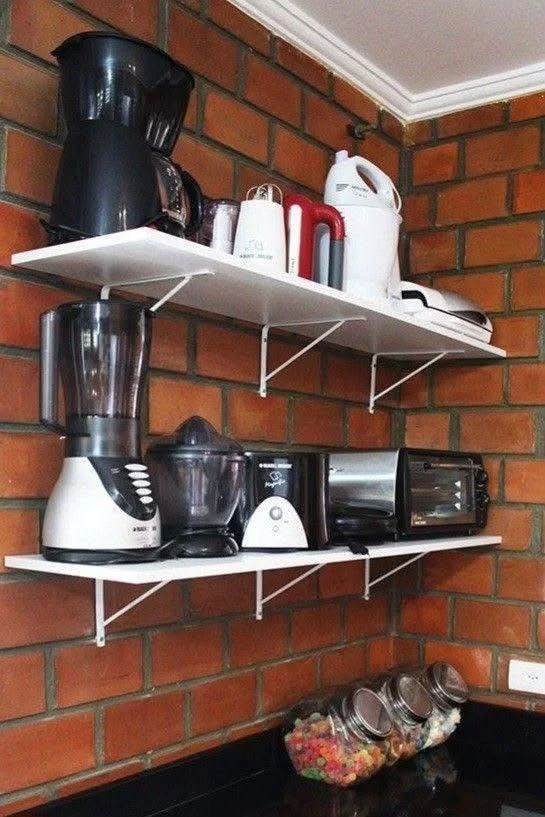
Install open shelves specifically for small appliances, keeping them visible and accessible. This frees up valuable counter space. Kitchen designers often recommend this strategy, creating a dedicated zone for appliances while maintaining an uncluttered and efficient cooking environment for the user.
26/26. Under-Sink “Cif” Storage
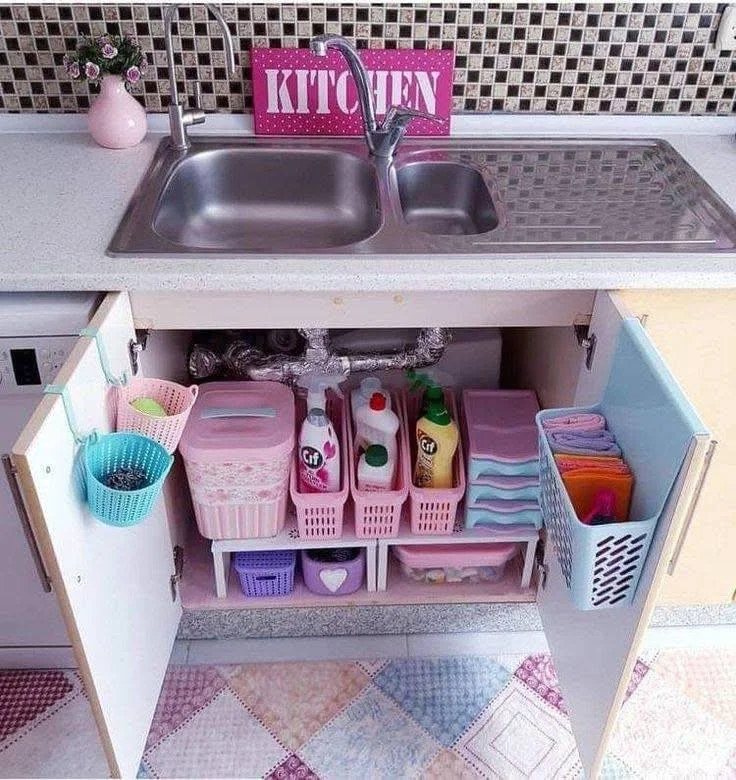
Maximize under-sink space with clearly labeled bins and containers, even for brands like “Cif.” Group similar cleaning products. Professional organizers emphasize creating a dedicated, easily accessible cleaning zone. A well-organized under-sink area makes keeping the “KITCHEN” clean much easier.
Read Next:
FAQs: Smart Kitchen Organization Tips
1. What is the best way to organize a small kitchen?
Maximize vertical space with wall-mounted shelves, hanging racks, and stackable storage bins. Use drawer dividers and pull-out organizers to keep kitchen essentials accessible without clutter.
2. How do I keep my fridge organized for longer?
Use clear storage bins to group similar items, label everything, and follow the FIFO (First In, First Out) method to reduce food waste. Store dairy and eggs on middle shelves, and keep fresh produce in designated crispers.
3. What are some pantry organization must-haves?
Invest in airtight containers for dry goods, lazy Susans for easy access, and tiered shelves to maximize space. Labeling jars and baskets will also help maintain order.
4. How do I store pots, pans, and lids efficiently?
Use hanging racks, pull-out drawers, or adjustable dividers to keep cookware organized. Store lids upright in a rack to prevent stacking messes.
5. What is the best way to store kitchen utensils?
Divide utensils by type using drawer organizers or magnetic strips for knives. Hanging racks and countertop crocks can also keep everyday tools within easy reach.

